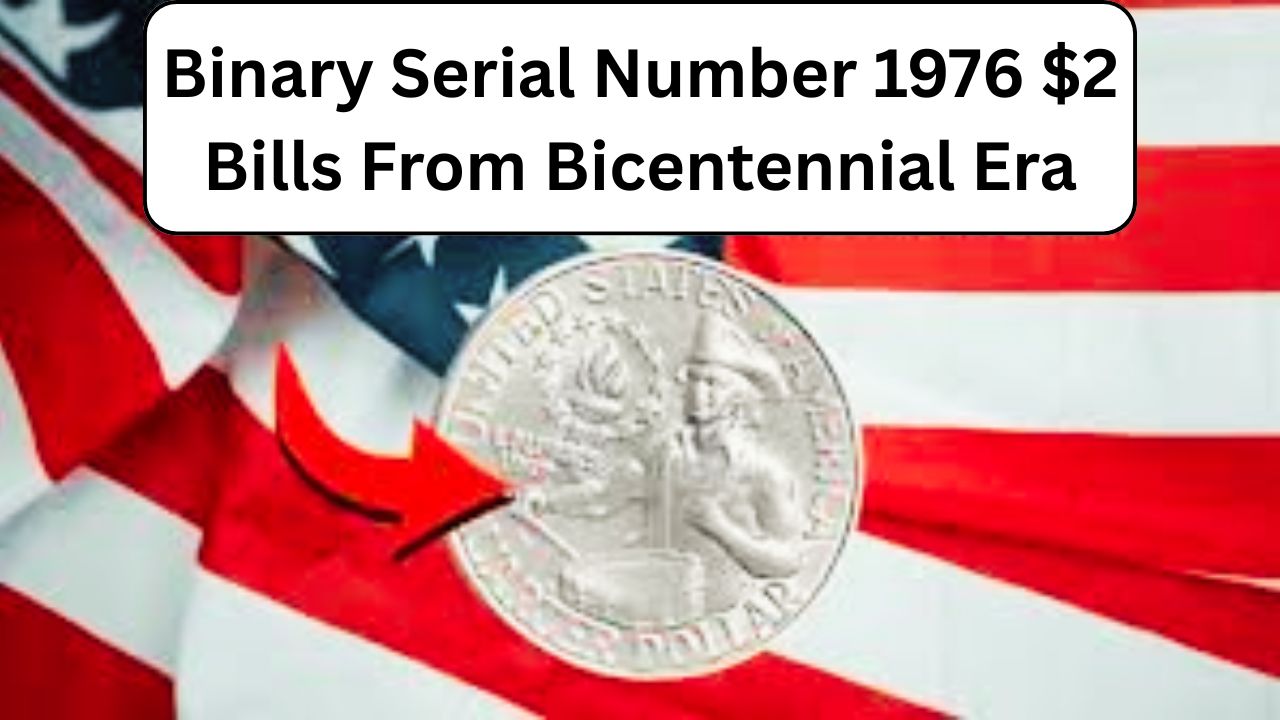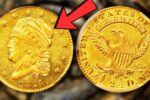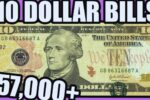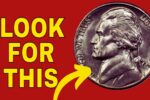A $2 Bill Worth Thousands
Could a $2 bill in your wallet be worth a fortune? Some 1976 Bicentennial $2 bills with binary serial numbers, using only ones and zeros, are fetching huge sums, with one recently sold for $12,000 at auction. These bills, printed to celebrate America’s 200th birthday, feature Thomas Jefferson on the front and a painting of the Declaration of Independence on the back. While most are worth just $2, those with rare serial numbers are collector’s gold. You might have one in a drawer or old collection. Let’s explore what makes these bills so valuable and how to spot them.
Why Binary Serial Numbers Matter
The 1976 $2 bills were the first widely circulated $2 notes in decades, making them special for the bicentennial celebration. What drives the value of some is a binary serial number, like 01010101 or 11110000, using only ones and zeros. These patterns are rare and highly prized by collectors. Bills in crisp, uncirculated condition, graded MS-65 or higher by services like PCGS, are worth even more. Other factors, like star notes (with a star in the serial number) or printing errors, can also boost a bill’s value significantly.
How to Spot a Valuable Bill
Here’s what to check for on a 1976 $2 bill:
- Serial Number: Look for numbers using only 1s and 0s, like 10010001 or 01101110.
- Year: Confirm it’s from the 1976 Bicentennial series.
- Condition: Bills with no folds, tears, or stains are worth more.
- Star Note: A star symbol in the serial number means it’s a rare replacement bill.
- Errors: Check for misprints, like off-center designs, with a magnifying glass.
| Feature | Description | Estimated Value |
|---|---|---|
| Binary Serial Number | Only 1s and 0s | $500-$12,000+ |
| 1976 Star Note | Star in serial | $50-$1,000 |
| Factor | Value Boost |
|---|---|
| Uncirculated (MS-65+) | 5x-10x regular value |
| Printing Error | $100-$5,000 extra |
Where to Find These Bills
Since 1976 $2 bills were used as regular money, they’re still out there in circulation. Check your wallet, change from stores, or old family keepsakes. Estate sales, flea markets, or bank rolls might hold one. The $12,000 bill was found in a grandmother’s old envelope, mistaken for a common note. Don’t try to clean or iron a bill, as this can lower its value. Take it to a currency dealer or grading service like PCGS or NGC to verify its authenticity. Online platforms like eBay or Heritage Auctions show what similar bills are selling for, but watch for fakes.
Tips for Selling
If you find a binary serial number $2 bill, get it appraised by a professional. Certified bills, like the one sold for $12,000, attract serious buyers at auctions. Research recent sales to know your bill’s worth, and work with trusted dealers to avoid scams. A 1976 binary star note in perfect condition could fetch thousands, but it takes time to find the right buyer. The hype around these bills has people digging through their collections, hoping for a big payday.
The Joy of Collecting
The idea of a $2 bill worth thousands is exciting, and binary serial numbers add a modern twist to collecting. These bills are a piece of bicentennial history, tied to America’s 200th anniversary. While claims of “billions” are far-fetched, rare 1976 $2 bills can still bring life-changing sums. Whether you’re a collector or just curious, check your old bills. That $2 note you’ve ignored could be a ticket to a small fortune.



